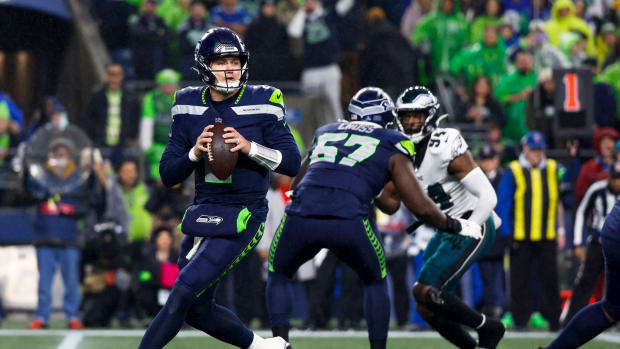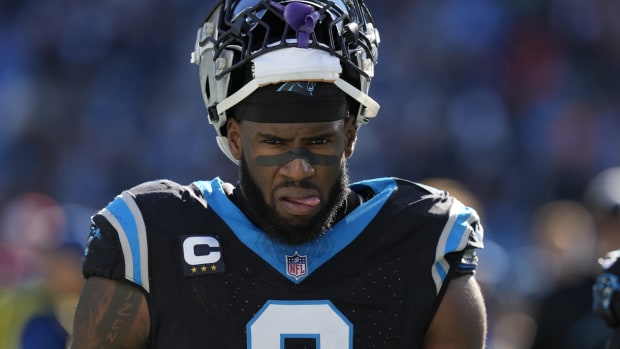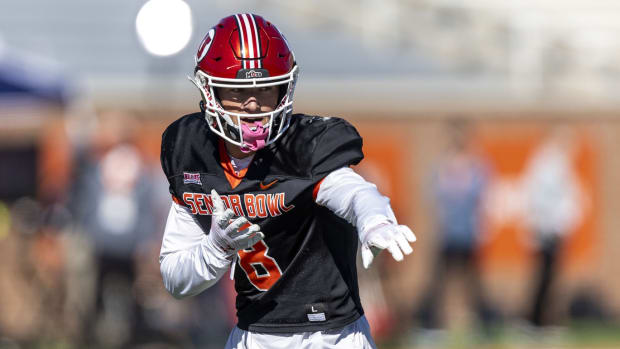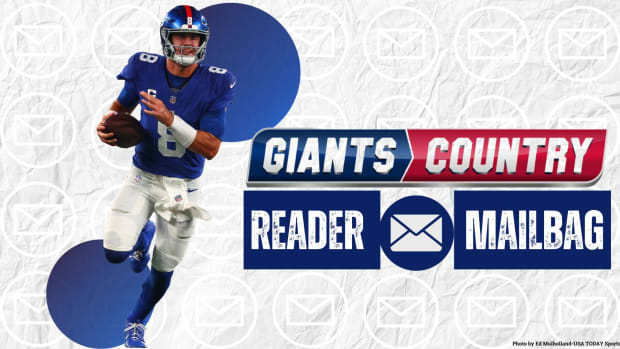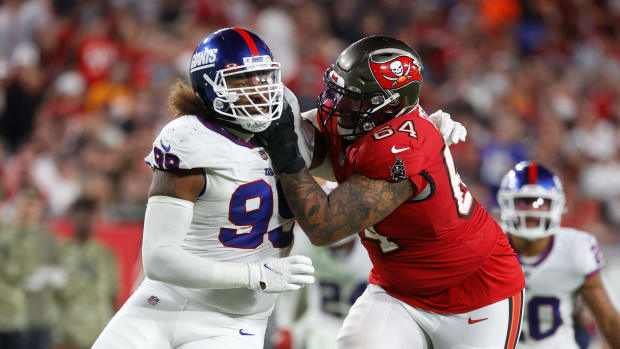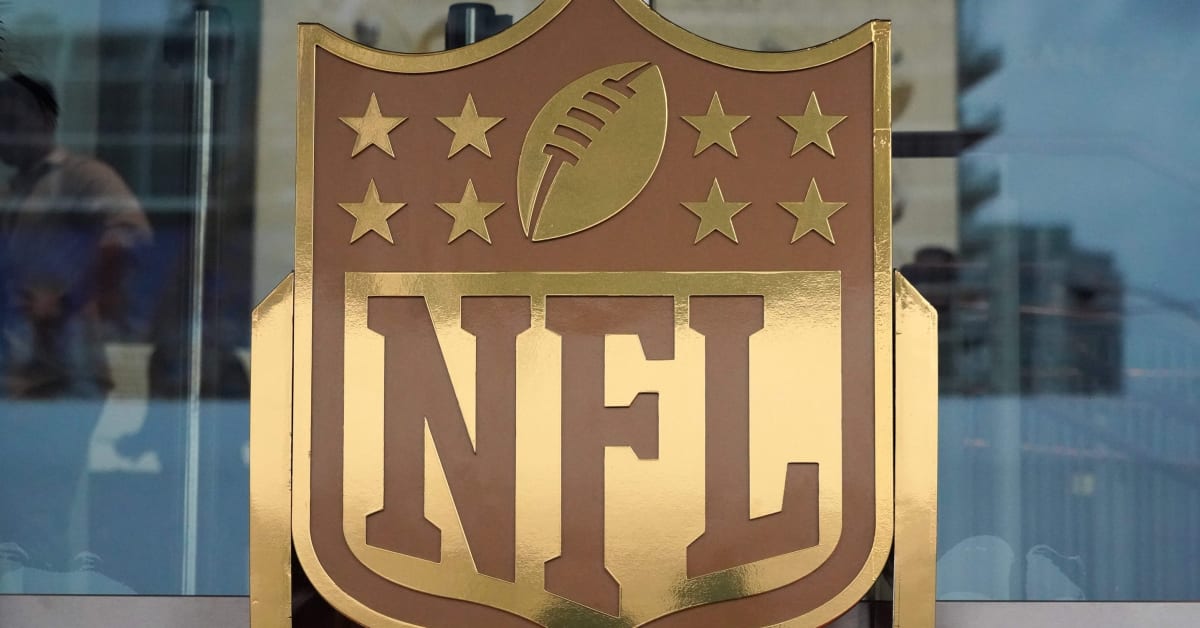
New NFL-NFLPA Study Reveals Injury Rate "About the Same" on Grass as Turf
NFL players everywhere might long for the day that artificial turf goes the way of the dinosaur, but right now, it doesn't appear that day is coming any time soon.
ESPN reported that a joint committee of NFL and NFLPA personnel did a study and found that "the incidence of lower body injuries was about the same on turf fields as it was on grass fields during the 2023 season."
The study found that "the rate of injuries that occur in the lower extremities without contact from another player was 0.001 higher per 100 plays on turf than on grass."
And, of course, with such a small margin, any arguments by the players to win a permanent ban on turf fields take a seat for now.
But that's just one side of the opinion, as players around the league who subject their bodies to bouncing around on turf and grass fields argue that if they had their druthers, they'd rather play on the more forgiving grass surface.
Unfortunately for them, that's not always practical due to costs. For example, in the northeast, grass fields can turn into frozen tundras in the colder months, making the surface even harder than turf.
And in the case where teams share a venue, such as in MetLife Stadium where the Giants and Jets play, or any other venue that hosts events other than football, a grass surface isn't cost-effective given the maintenance required to meet minimal playing surface requirements.
The NFLPA released a statement to ESPN arguing that the one-year study "does not account for what we have known since we started tracking these injuries: that a well-maintained, consistent grass surface is still safer for players than any synthetic field."
The NFL and NFLPA have upped their respective commitments to making the game safer for players with notable changes such as limits on full-padded contact training camp practices, eliminating two-a-day training camp practices, and live tackling. But the biggest sticking point remains the turf versus grass debate, which players, again, insist is no contest when it comes to which playing surface is more forgiving on the body.
- Follow and like us on Facebook
- Submit your questions for our mailbag
- Check out the Giants Country YouTube Channel.
- Subscribe and like the LockedOn Giants YouTube Channel


